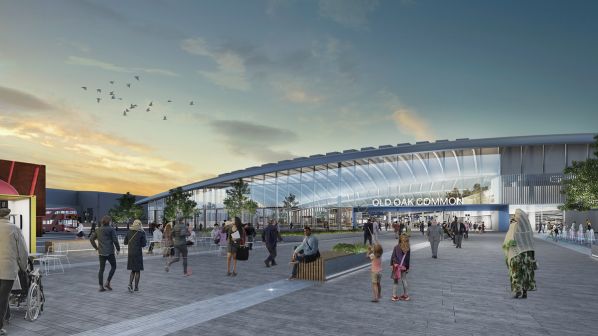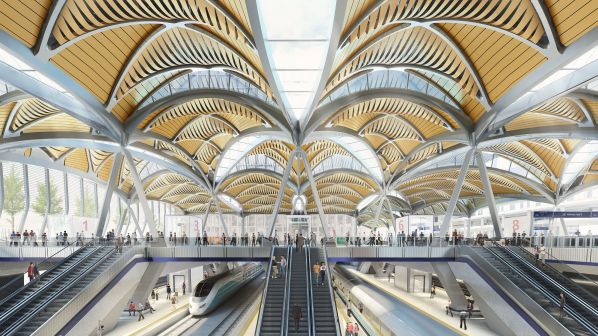In Rethinking High Speed 2, the committee states that future rail investment should prioritise the North of England. It recommends combining the second phase of HS2, specifically phase 2b which encompasses links from the west Midlands to Leeds and Crewe to Manchester, with the Northern Powerhouse Rail (NPR) project. It says that these should be treated as a single programme and funding for NPR should be ringfenced and brought forward where possible.
Other recommendations from the report include publishing possible cost savings from lowering the speed of the proposed 360km/h railway, relocating the London terminus from Euston to the proposed hub at Old Oak Common, and a new analysis of the project which takes into account the transformative effects of a high-speed railway. The committee says this report should be published alongside a new business case by the end of 2019.

The committee also expressed concern that the northern section might not be built if the cost of the London - Birmingham section overruns. It says there is evidence that the cost of HS2 is “out of control” with Sir Terry Morgan, the former chairman of HS2 and Crossrail, telling the committee that “nobody knows” what the final cost will be.
“The costs of HS2 do not appear to be under control,” says committee chair, Lord Forsyth of Drumlean. “It is surprising therefore that the government has not carried out a proper assessment of proposals to reduce the cost of HS2 - such as lowering the speed of the railway or terminating in west London rather than Euston - which the Committee recommended in 2015. A new appraisal of the project is required.”
“Fundamentally disagrees”
The British government’s Department for Transport says that while the report is a thorough assessment of a complex project, it “fundamentally disagrees with parts” of it.
“HS2 will deliver additional rail capacity, significantly improve connections and provide opportunities for economic growth - with around £92bn in benefits - for people and businesses across the North,” the DfT said in a statement.
In a letter to Lord Forsyth dated February 19, HS2 minister Ms Nusrat Ghani MP said two-thirds of prospective users of HS2 would choose Euston as their preferred station, and that terminating at Old Oak Common would reduce the benefits of the project by 15% and result in a revenue reduction of 10%.
Ghani also said reducing that while reducing the speed of the line to 200km/h would cut costs by 9%, the London - Birmingham journey time would increase by 15 minutes compared with the high-speed option, reducing potential passenger usage by 19% and cutting benefits by 33% and revenue by 24%. A 300km/h option would increase journey times by four minutes and reduce the benefit-cost ratio by 15%.
Ghani confirmed that the government intends to publish a full business case for HS2 phase 1 this year. This will include updated assessments of strategic, economic, financial, commercial and management elements of the project.
In a similar letter, Mr Mark Thurston, CEO of HS2 Ltd, said that its challenge and focus as a delivery body is to deliver the project within the £55.7bn budget. “We are working closely with our supply chain to reduce cost pressures while also working to the scope that was agreed by government,” Thurston says.
The DfT says HS2 is already supporting 7000 jobs and described the scheme as a long-term project critical for the British economy. The project received Royal Assent in 2017 and has already awarded the main civil works contract worth £6.6bn, completed survey work, confirmed construction partners for London stations, and announced the shortlisted bidders for the £2.75bn rolling stock contract.
The first phase of the line is scheduled to open in 2026.

